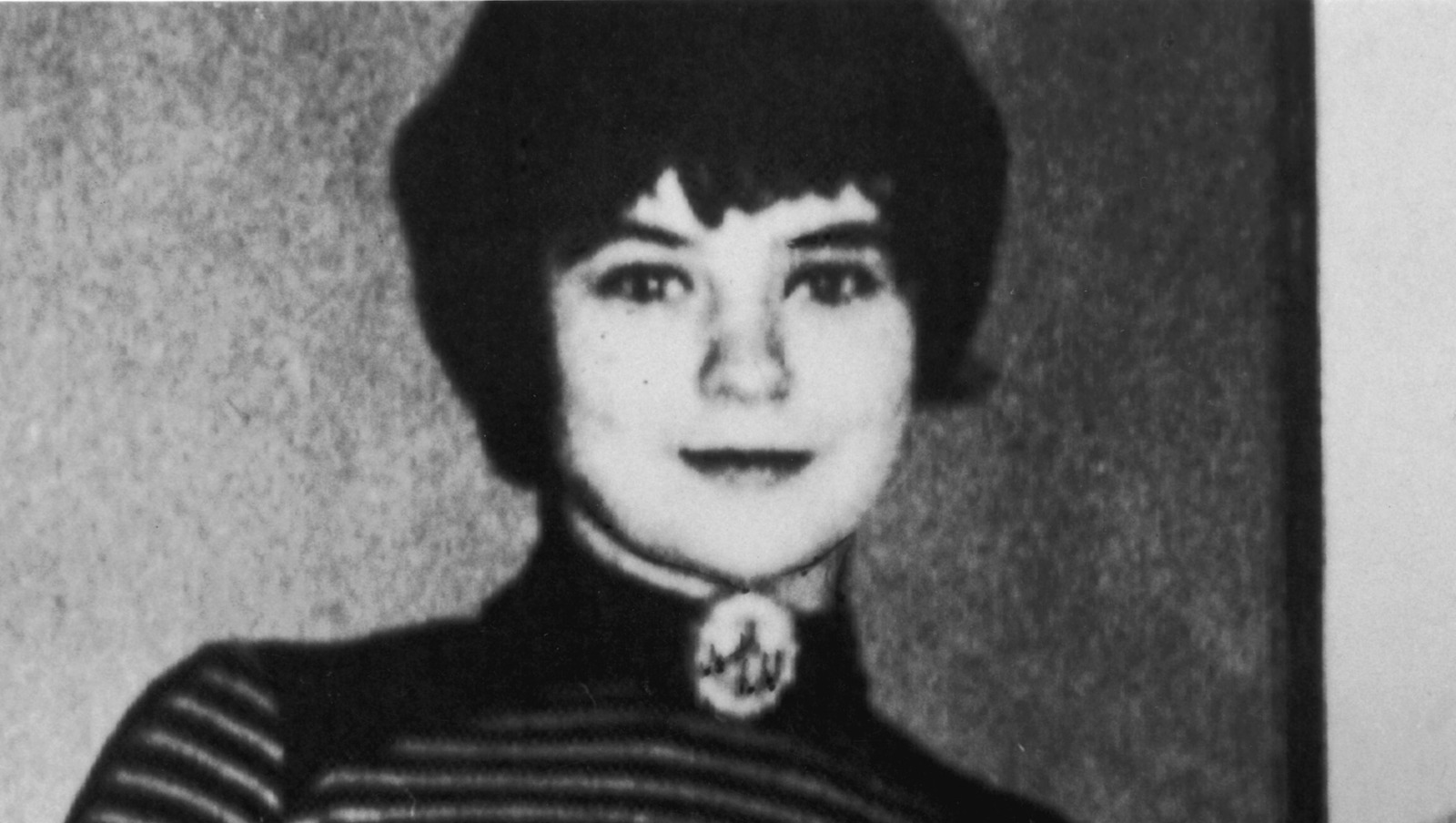
Who is Mary Bell? Mary Bell, a name that sends chills down spines, is infamous for her shocking crimes committed at a very young age. Born in 1957 in Newcastle upon Tyne, England, she became one of the youngest convicted murderers in British history. At just 11 years old, Mary was found guilty of strangling two young boys, Martin Brown and Brian Howe. Her case stunned the nation and raised questions about juvenile crime and the justice system. Despite her heinous acts, Mary Bell's story is also one of a troubled childhood marked by neglect and abuse. What led this young girl to commit such terrible acts? Let's delve into 37 facts about Mary Bell to understand her life, crimes, and the aftermath.
Key Takeaways:
- Mary Bell's tragic upbringing and shocking crimes at a young age have sparked debates about the treatment of child criminals and the role of the media.
- Her case has left a lasting impact on popular culture, influencing discussions about nature vs. nurture and serving as a case study in criminology and psychology courses.
Who is Mary Bell?
Mary Bell is a name that sends chills down many spines. Known for her shocking crimes at a very young age, her story is both tragic and horrifying. Let's dive into some chilling facts about Mary Bell.
-
Mary Bell was born on May 26, 1957, in Newcastle upon Tyne, England.
-
Her mother, Betty, was a prostitute who reportedly tried to kill Mary multiple times during her infancy.
-
Mary’s father was largely absent, and she was raised in a dysfunctional and abusive environment.
-
At the age of 10, Mary committed her first murder, strangling a 4-year-old boy named Martin Brown.
-
Just two months later, she killed again, this time an almost 3-year-old boy named Brian Howe.
-
Mary left notes admitting to the murders, but they were initially dismissed as pranks.
The Crimes and Their Aftermath
Mary Bell's crimes shocked the nation, not just because of their brutality, but because of her age. Here are some more details about the crimes and their aftermath.
-
Mary was arrested on August 7, 1968, along with her friend Norma Bell (no relation).
-
During the trial, it was revealed that Mary had a history of violent behavior, including attacking other children.
-
The trial began on December 5, 1968, and lasted nine days.
-
Mary was found guilty of manslaughter on the grounds of diminished responsibility on December 17, 1968.
-
She was sentenced to be detained at Her Majesty's pleasure, which is an indefinite sentence.
-
Mary was initially sent to Red Bank secure unit in Newton-le-Willows, Lancashire.
Life After Prison
Mary Bell's life after her release from prison has been a subject of much speculation and controversy. Here are some key facts about her life post-incarceration.
-
Mary was released from prison in 1980, at the age of 23.
-
She was granted anonymity and given a new identity to protect her from public scrutiny.
-
In 1984, she gave birth to a daughter, who was unaware of her mother’s past until reporters discovered Mary’s identity in 1998.
-
Mary and her daughter had to move several times to escape the media.
-
In 2003, Mary became a grandmother, further complicating her efforts to maintain anonymity.
-
Despite her past, Mary has managed to live a relatively quiet life since her release.
Psychological Insights
Understanding Mary Bell's psychological state provides some context to her actions. Here are some insights into her mental health and behavior.
-
Mary was diagnosed with psychopathy and a severe personality disorder during her trial.
-
Experts believe her abusive upbringing played a significant role in her violent behavior.
-
She exhibited signs of detachment and lack of empathy from a very young age.
-
Mary’s mother’s neglect and abuse likely contributed to her emotional instability.
-
Despite her violent past, some psychologists believe Mary has shown signs of rehabilitation.
Public and Media Reaction
Mary Bell's case has been a subject of intense media scrutiny and public interest. Here are some facts about how the public and media have reacted over the years.
-
The British press has followed Mary’s life closely, often invading her privacy.
-
Several books and documentaries have been made about her life and crimes.
-
Gitta Sereny’s book, "Cries Unheard," is one of the most comprehensive accounts of Mary Bell’s life.
-
The public has had mixed reactions, with some feeling sympathy for her troubled childhood and others condemning her actions.
-
Mary’s case has sparked debates about the treatment of child criminals and the role of the media.
Legal and Ethical Issues
Mary Bell's case has raised numerous legal and ethical questions. Here are some key points.
-
Her case led to changes in how child criminals are treated in the UK legal system.
-
The decision to grant her anonymity has been both praised and criticized.
-
Some argue that her new identity was necessary for her rehabilitation, while others believe the public has a right to know.
-
Mary’s case has influenced discussions on the age of criminal responsibility.
-
Ethical questions about the media’s role in her life continue to be debated.
Cultural Impact
Mary Bell's story has left a lasting impact on popular culture. Here are some ways her case has influenced society.
-
Her case has been referenced in various films, TV shows, and books.
-
Mary Bell is often cited in discussions about the nature vs. nurture debate.
-
Her story has been used as a case study in criminology and psychology courses.
-
Despite the passage of time, Mary Bell remains one of the most infamous child criminals in history.
Final Thoughts on Mary Bell
Mary Bell's story is both chilling and thought-provoking. Her actions as a child shocked the world, and her subsequent life has been a subject of intense scrutiny. Understanding her background, the psychological factors at play, and the societal reactions provides a deeper insight into the complexities of human behavior. It's a stark reminder of how early experiences can shape an individual's path. While her crimes were horrific, her life also raises questions about rehabilitation, justice, and the potential for change. As we reflect on these facts, it's crucial to remember the victims and the impact on their families. Mary Bell's case continues to be a significant point of discussion in criminal psychology and the justice system. It challenges us to think about how society deals with young offenders and the possibility of redemption.
Frequently Asked Questions
Was this page helpful?
Our commitment to delivering trustworthy and engaging content is at the heart of what we do. Each fact on our site is contributed by real users like you, bringing a wealth of diverse insights and information. To ensure the highest standards of accuracy and reliability, our dedicated editors meticulously review each submission. This process guarantees that the facts we share are not only fascinating but also credible. Trust in our commitment to quality and authenticity as you explore and learn with us.


